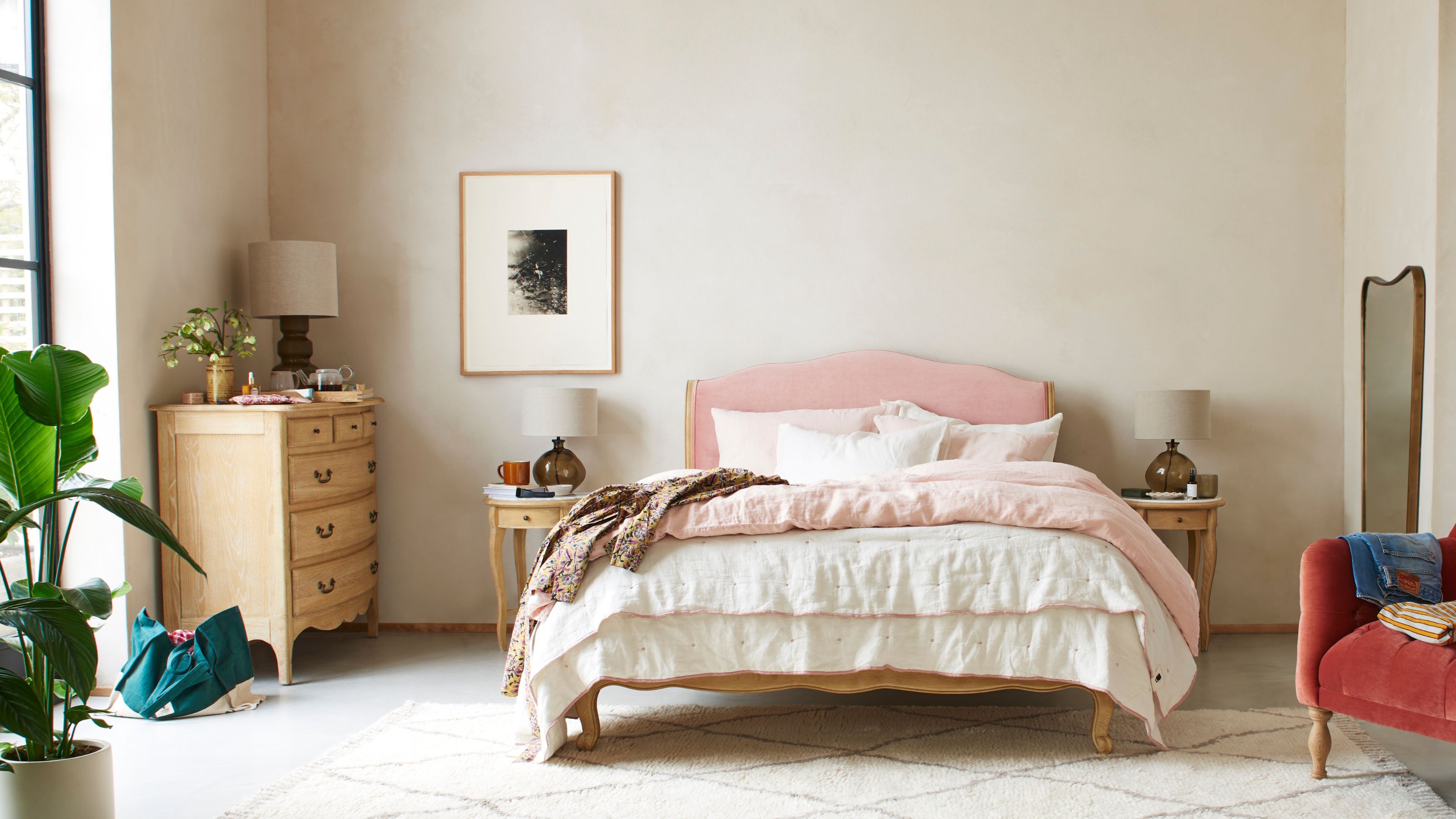

Finding out how to zone a bedroom will come in useful for the function of your space, whether you have a large area that needs dividing, or a small one which you want to maximize.
We've asked design experts how you can do this, and they've revealed seven useful tips. From harnessing the different elements of your space to optimizing your layout, flow of your bedroom will improve greatly with their pro tips.
When looking for bedroom ideas, knowing how to make the space work functionally for you is just as important as making it look beautiful.
Everything you need to know about how to zone a bedroom
Both small bedroom ideas and bigger ones will benefit from these smart tips to zone your space for different functions.
Where our experts have recommended useful products alongside their advice, we've curated matching picks from trusted retailers.
The prices below were correct at the time of publishing this article.
1. Lay down rugs
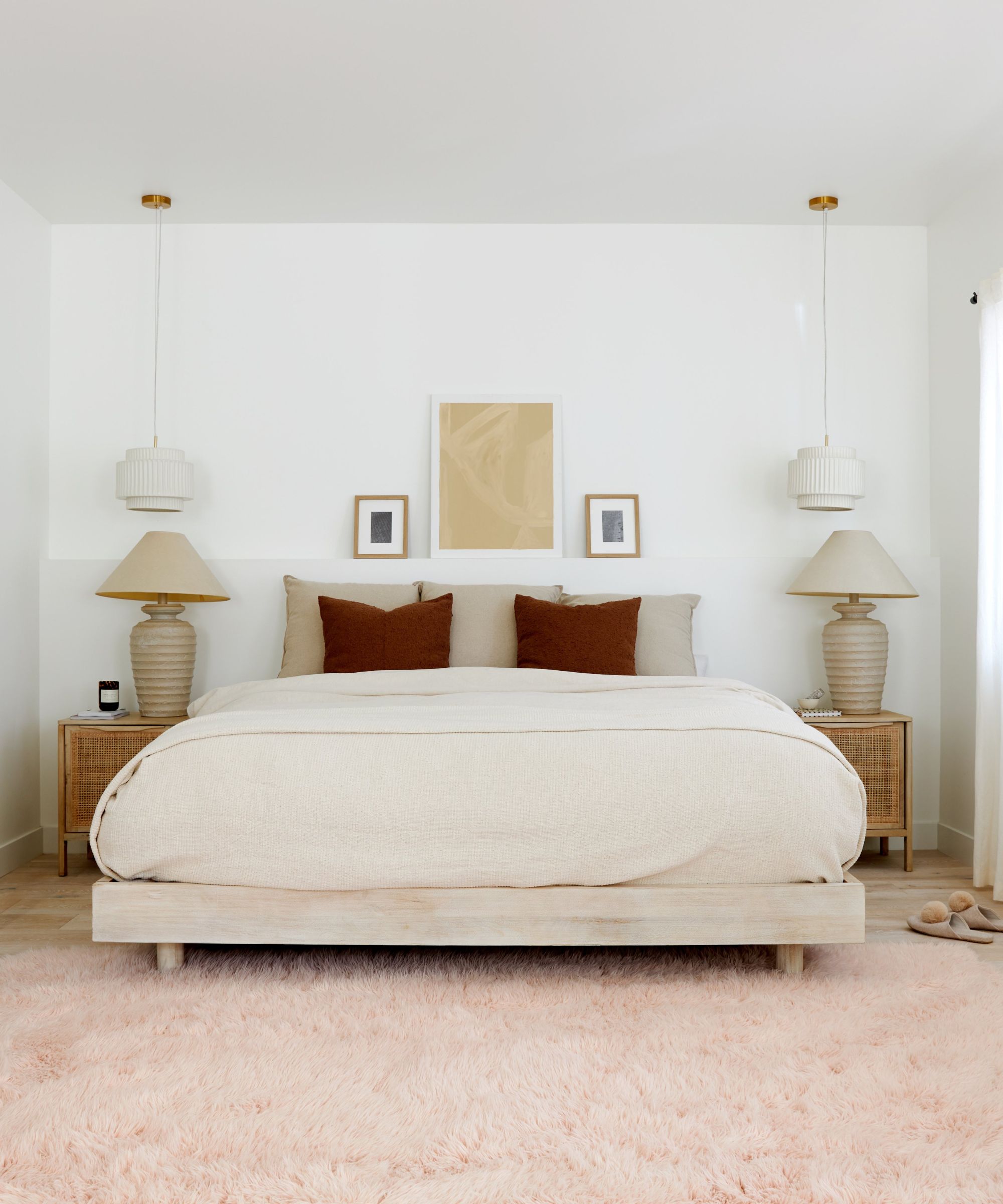
One of the easiest ways to zone a bedroom is by laying down rugs in different areas, from the sleep space to the dressing nook.
“I like to position area rugs to define boundaries between zones visually,” says Nina Lichtenstein, principal designer and founder of Nina’s Home Design.
She continues, “This creates separation without closing off space entirely.”
Be sure to choose a range of different-shaped rugs, from rectangular ones to circular ones (the Bridgerton Royal Garden Rug from Ruggable is an elegant choice), to create further interest in the space.
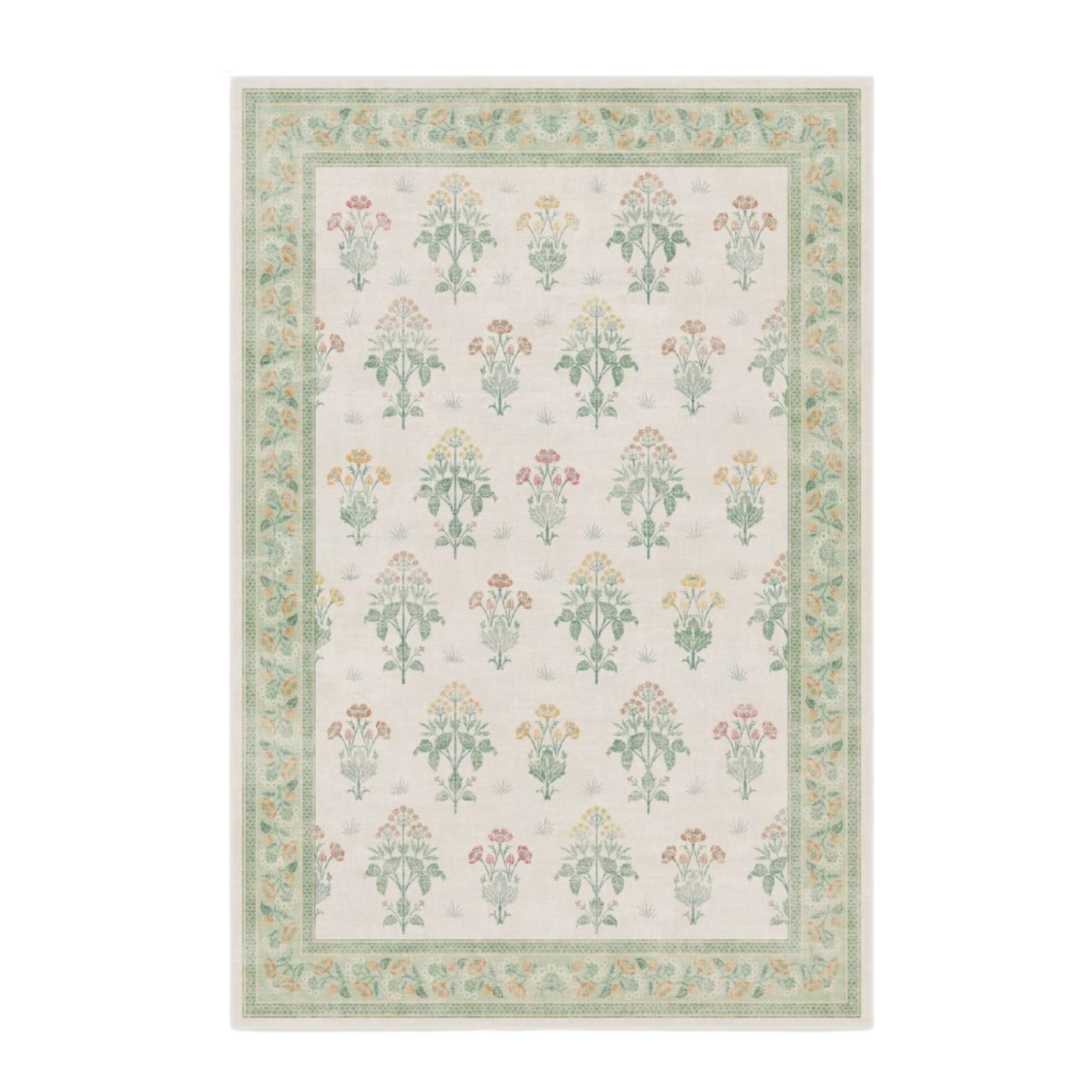
Size (ft.): From W2 x L3
Made from: Polyester
Price: From $129
We love this rug from Ruggable's Morris Morris & Co. range, which comes in three shapes, eight sizes, and four different thicknesses underfoot with their unique cover and pad systems.
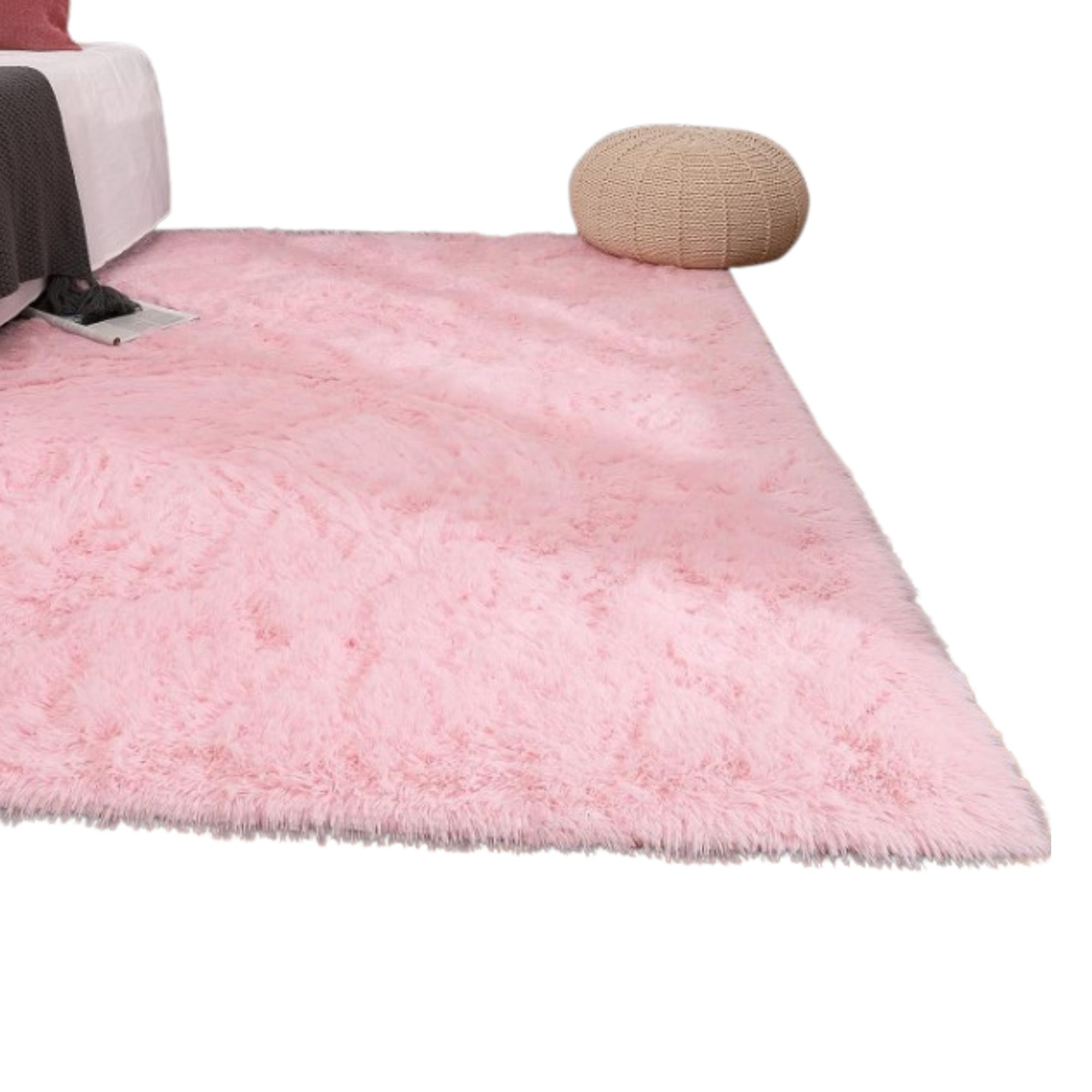
Size (ft.): W4 x L5.3
Made from: Velvet, rubber
Price: $16.14
This rug is majorly budget-friendly and comes in a host of different sizes, plus 17 different colors. The high-density polyester microfiber material makes it hard-wearing for high-traffic areas, whilst the memory sponge layer makes it comfy underfoot.
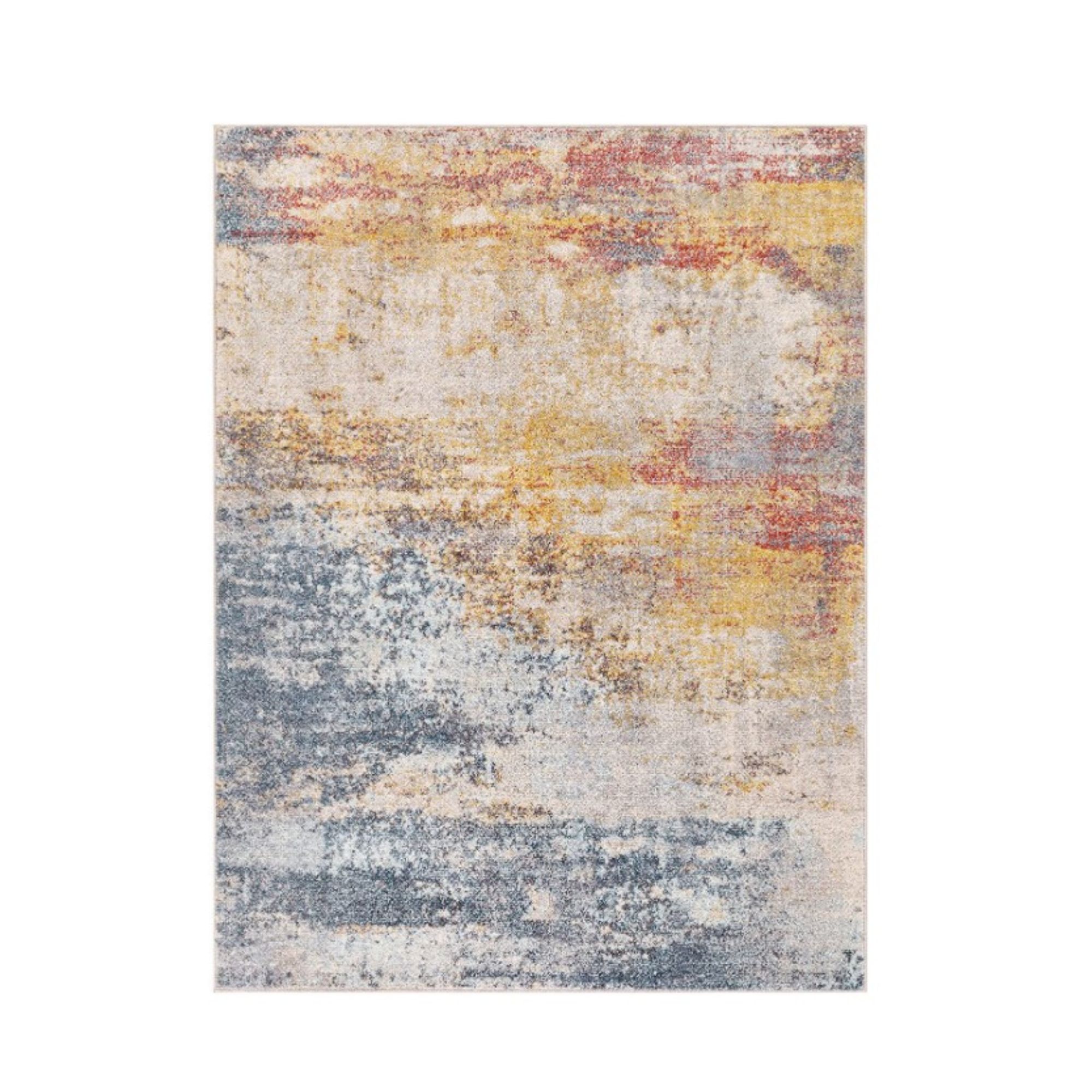
Size (ft.): W5.2 x L7
Made from: Polypropylene
Price: $92.99
This distressed abstract rug absolutely looks like a cozy version of an oil painting. Add function to that beauty though, as it's hard-wearing, stain-resistant and lightweight at 7lbs, making it easy to move around your space or vacuum under.
2. Enhance the lighting
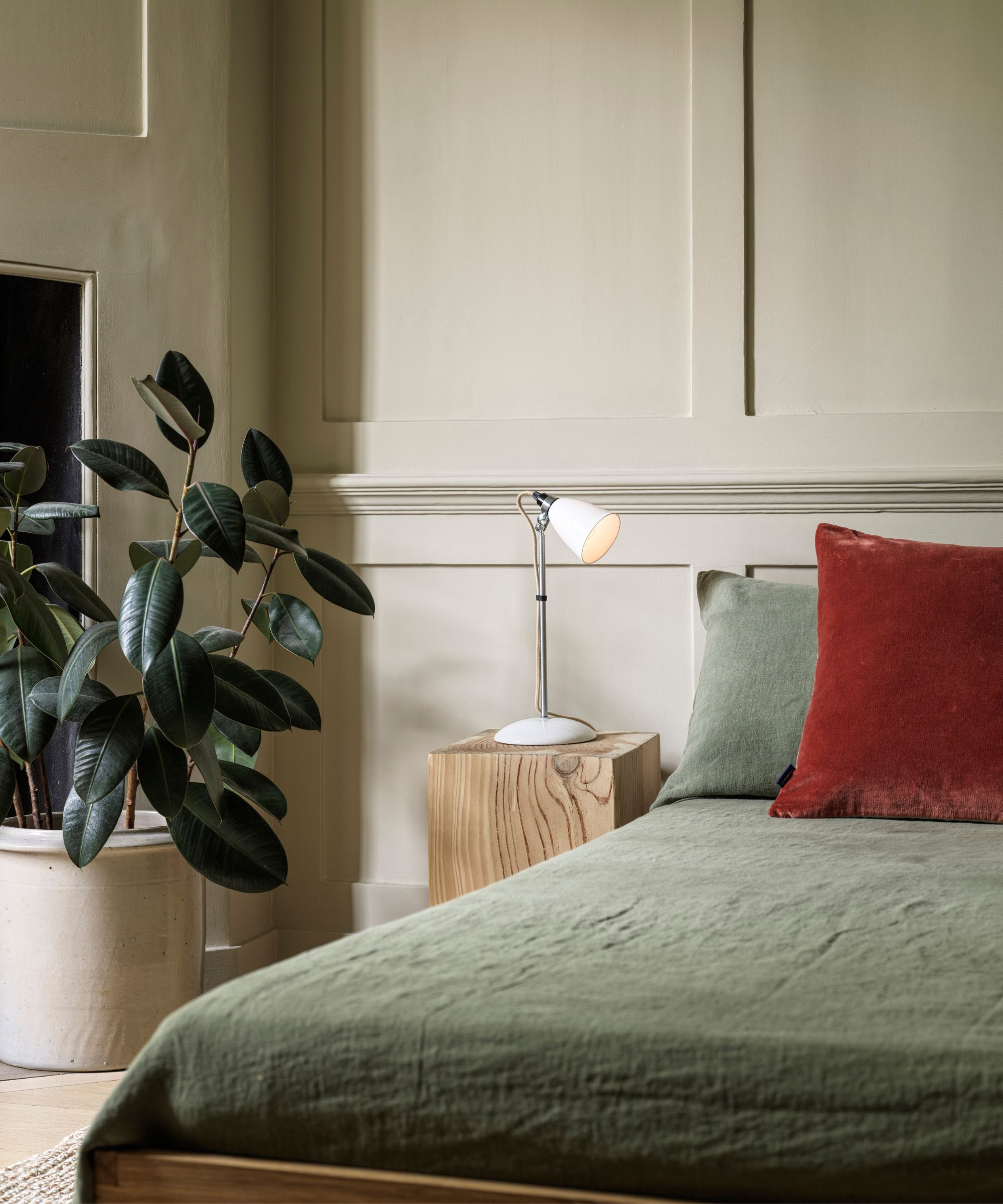
Giving your sleep space a glow-up with bedroom lighting ideas is a crucial part of bedroom zoning.
“By utilizing different lighting fixtures and levels of brightness, we can visually and functionally separate areas,” explains Jerome Bertuglia, design expert and owner of Prime Homes Inc.
“Overhead dimmable LED fixtures combined with task-specific lighting like wall-mounted reading lamps or desk lamps can define each zone's purpose while also allowing for flexibility based on the time of day or the activity being undertaken,” he adds.
We recommend going for versatile lights that will work no matter how you design your bedroom, such as the Simple Designs Mini Table Lamp from Walmart.
Wall sconces are gorgeous and once were only the gamut of homeowners, but now renters can enjoy them too with wire-free options that run on rechargeable bulbs, such as the gold and white pair that have gone viral on socials, similar to the Aipsun Rechargeable Sconce Pair on Amazon.
Just remember to use removable adhesive Command strips to help you zone your bedroom with sconce lighting without damaging your walls.
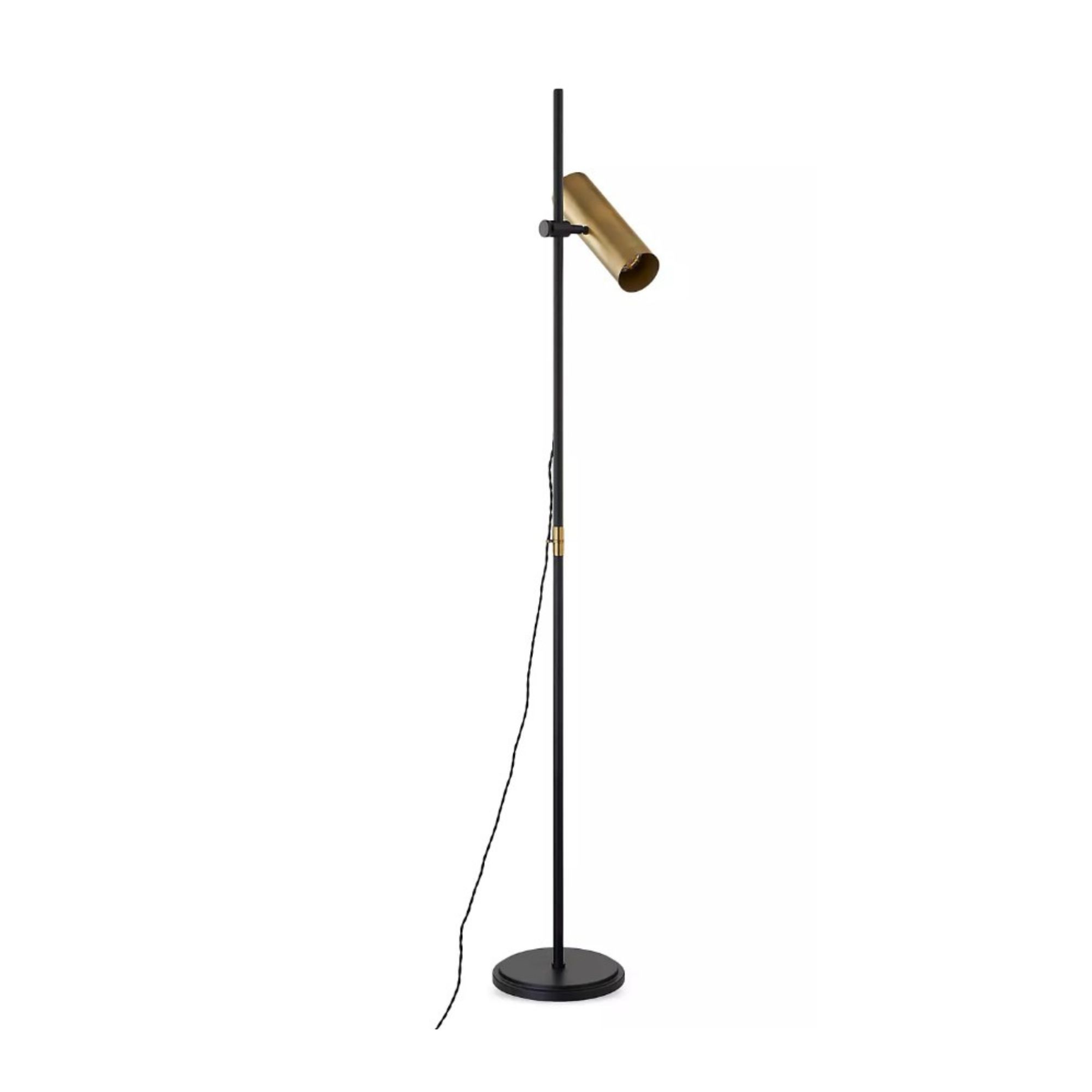
Size (in.): H65 x W10.75 x L9.75
Made from: Steel
Price: $350
Place this next to a cozy armchair to create the perfect reading nook for snuggling up into. The braided cord looks nice but also protects the electricals, increasing longevity, whilst the steel material makes it sturdy and house-move proof.
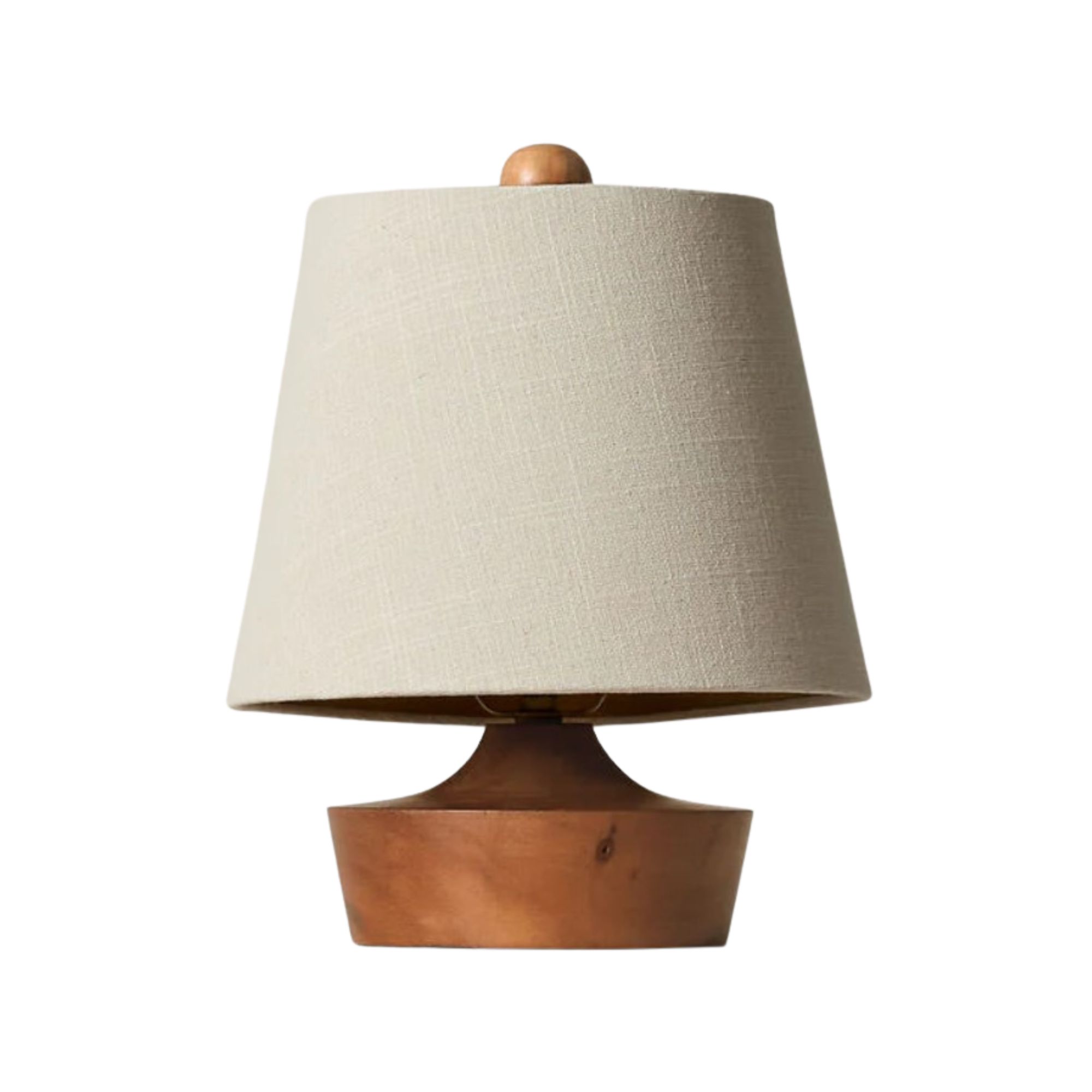
Size (in.): H11.5 x D10
Made from: Acacia wood, fabric
Price: $95
This would look stunning in modern bedrooms and Scandi-style bedrooms. We love how little the base looks in comparison to the shade, bringing visual intrigue, whilst the Acacia wood makes this a sumptuous addition to any bedroom.
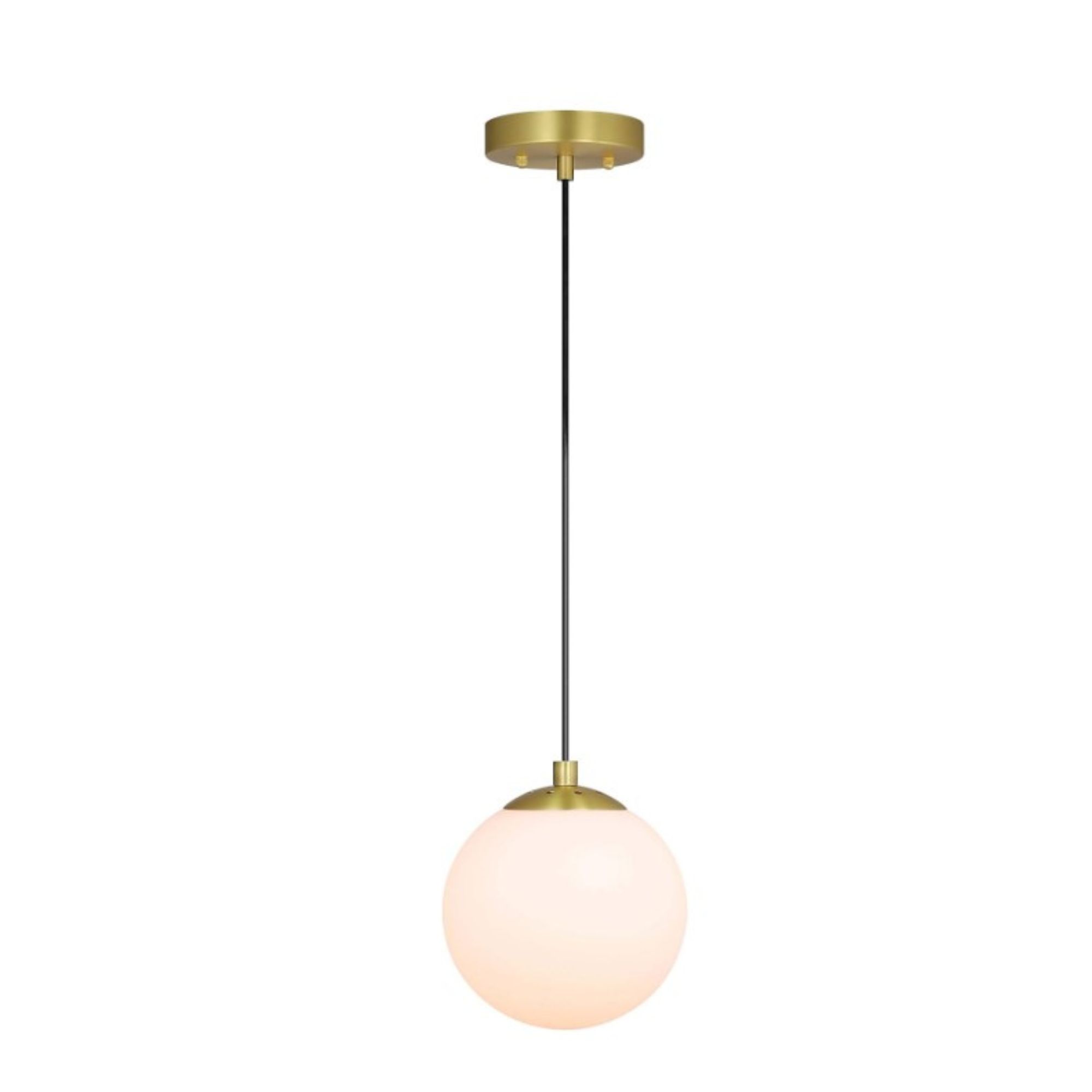
Size (in.): H60.88 x W8 x L8
Made from: Steel
Price: $55.99
Amazon shoppers say this looks so much more expensive than it is, which is always a win in our books. They also say it works well on vaulted and angled ceilings, so you can be rest assured it will look good no matter what the shape of your space. As well as this it's also super sturdy, which is exactly what you want in a light hanging over your bed.
3. Keep the design consistent throughout
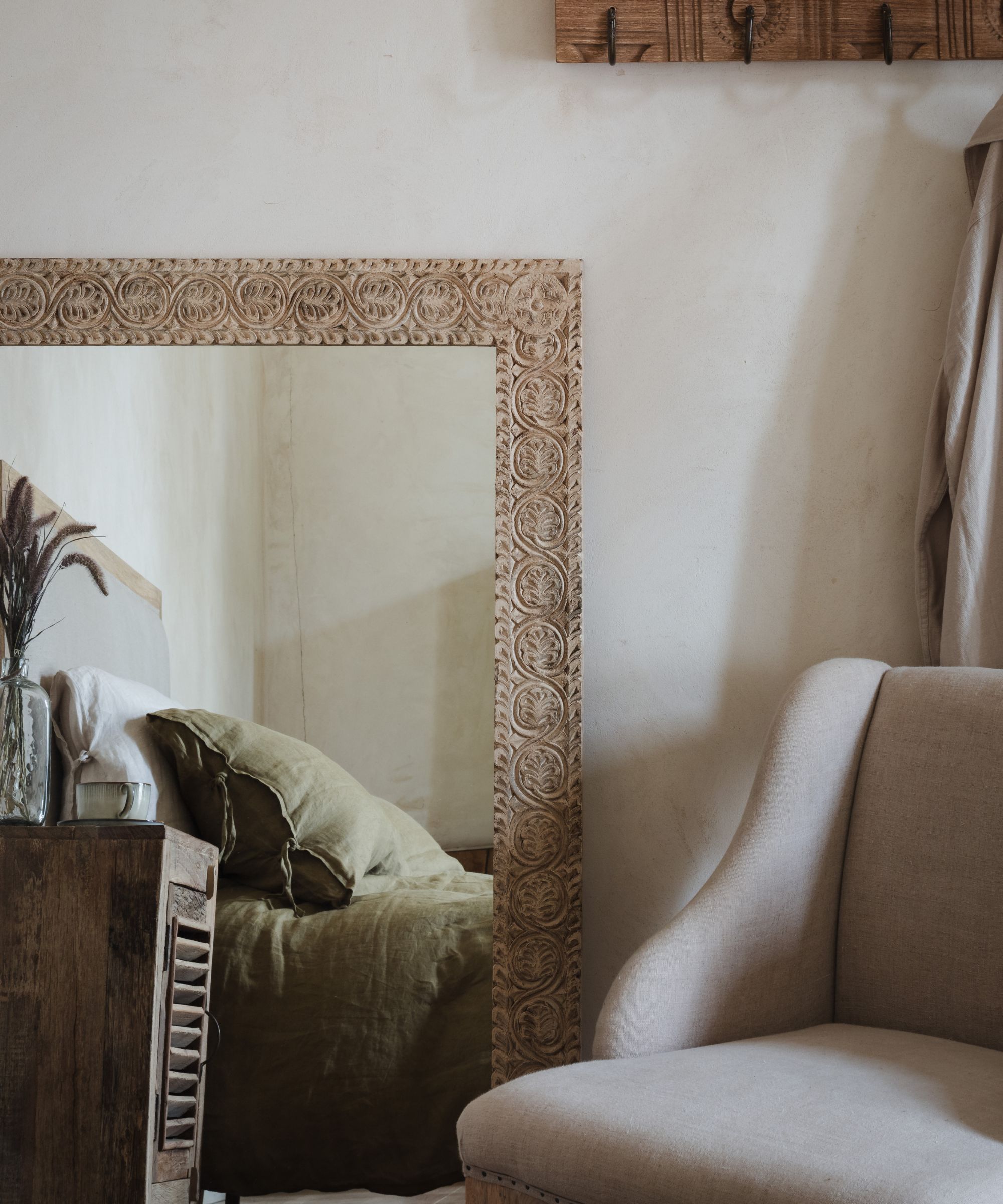
Even if you’re separating areas of your room, keeping the style consistent throughout your room will make the zoning look intentional and tied together.
“Maintain a cohesive design theme across all zones to unify the space,” Nina says. “Choose a color palette, materials, and decor that complement each other,” she adds.
To make your life easier, we advise choosing one of the best paint colors for bedrooms and having it on all the walls, and even on pieces of furniture for a put-together feel across your space.
Benjamin Moore’s Revere Pewter is a beautiful shade that will go with everything, for example.
4. Optimize for traffic flow
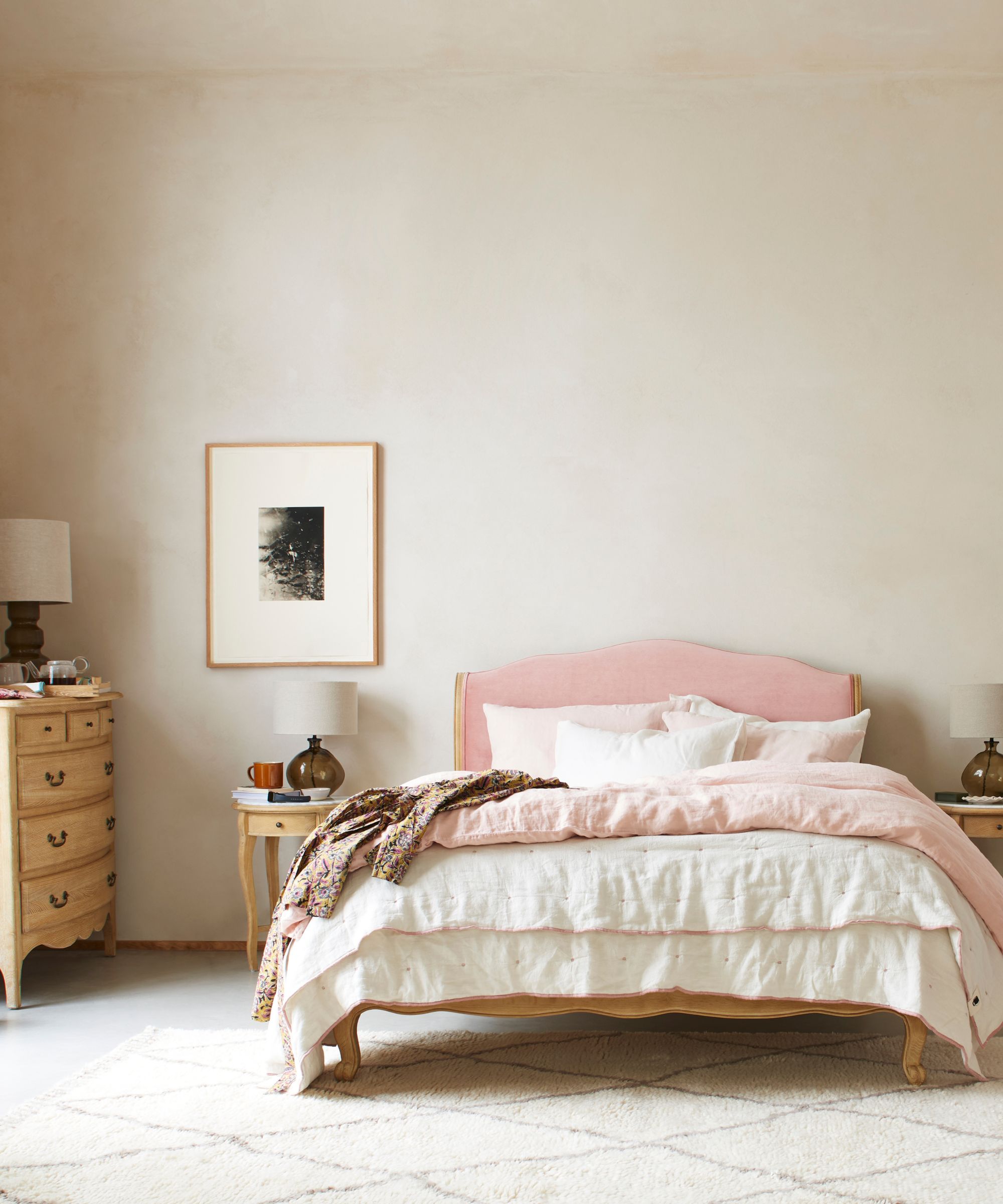
There is nothing worse than waking up in the night, stepping out of bed, and tripping over something. This is why it’s a good idea to ensure the floor space is as clear as possible when zoning your bedroom.
Nina suggests, “Ensure that each zone flows seamlessly into the next and that there's ample space for movement. Avoid overcrowding any one area and maintain clear pathways throughout the room.”
If you’re looking at your mess and aren’t sure where to start (we aren’t judging, we've all been there!), you may want to learn how to declutter your bedroom.
5. Add dividers
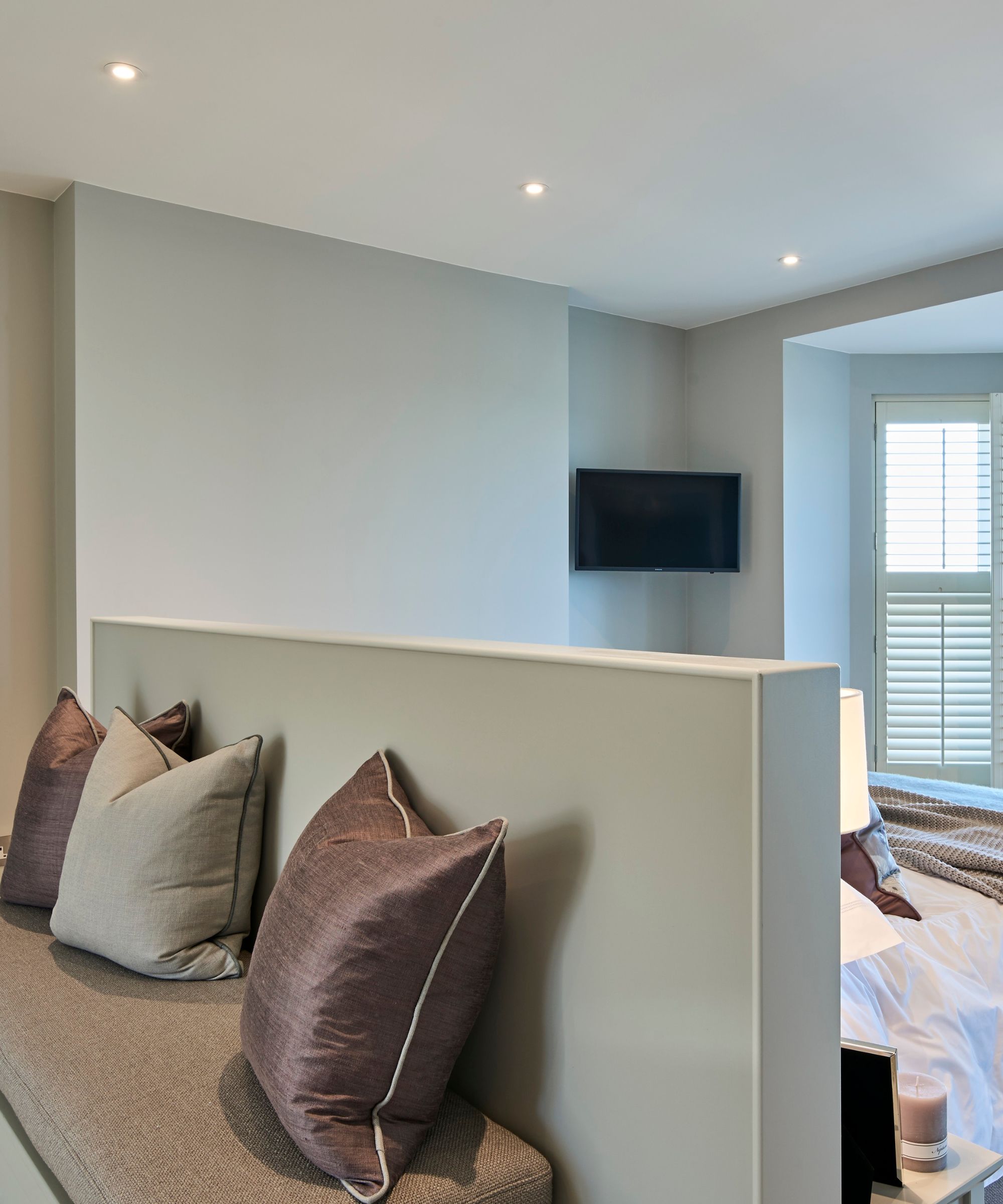
Adding in dreamy dividers can be a chic, hotel-style way to zone your bedroom, whether you go for a permanent solution or not.
Jerome says, “For clients who prefer fixed structural elements, we often use half-height walls or decorative screens to delineate spaces within a bedroom.”
“These are particularly effective for creating a separate office nook or a quiet reading area without completely closing off parts of the room,” he says.
For those who don’t want to go all-in on construction, the Scarlet Rattan Room Divider from Anthropologie is top-rated by customers who call it "absolutely gorgeous," though some mention an off-gassing smell (that smell of new products that dissipates over hours/days) when first opened.
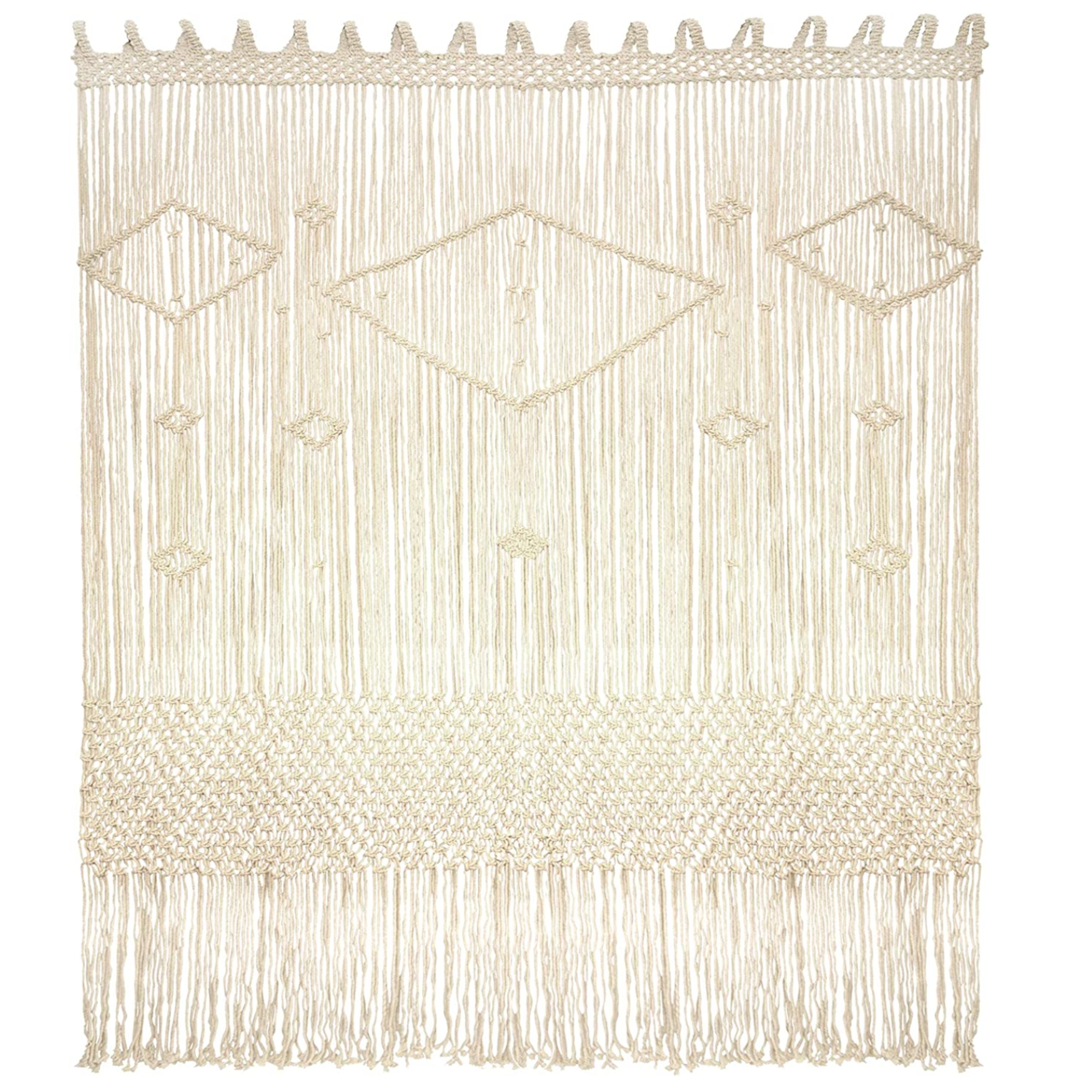
Size (in.): W50 x L78
Made from: Cotton
Price: $46.95
This boho chic macrame curtain made from 100% thick cotton and can be hung as a room divider in any space. We love that it comes from a small business on Amazon, and is handmade.
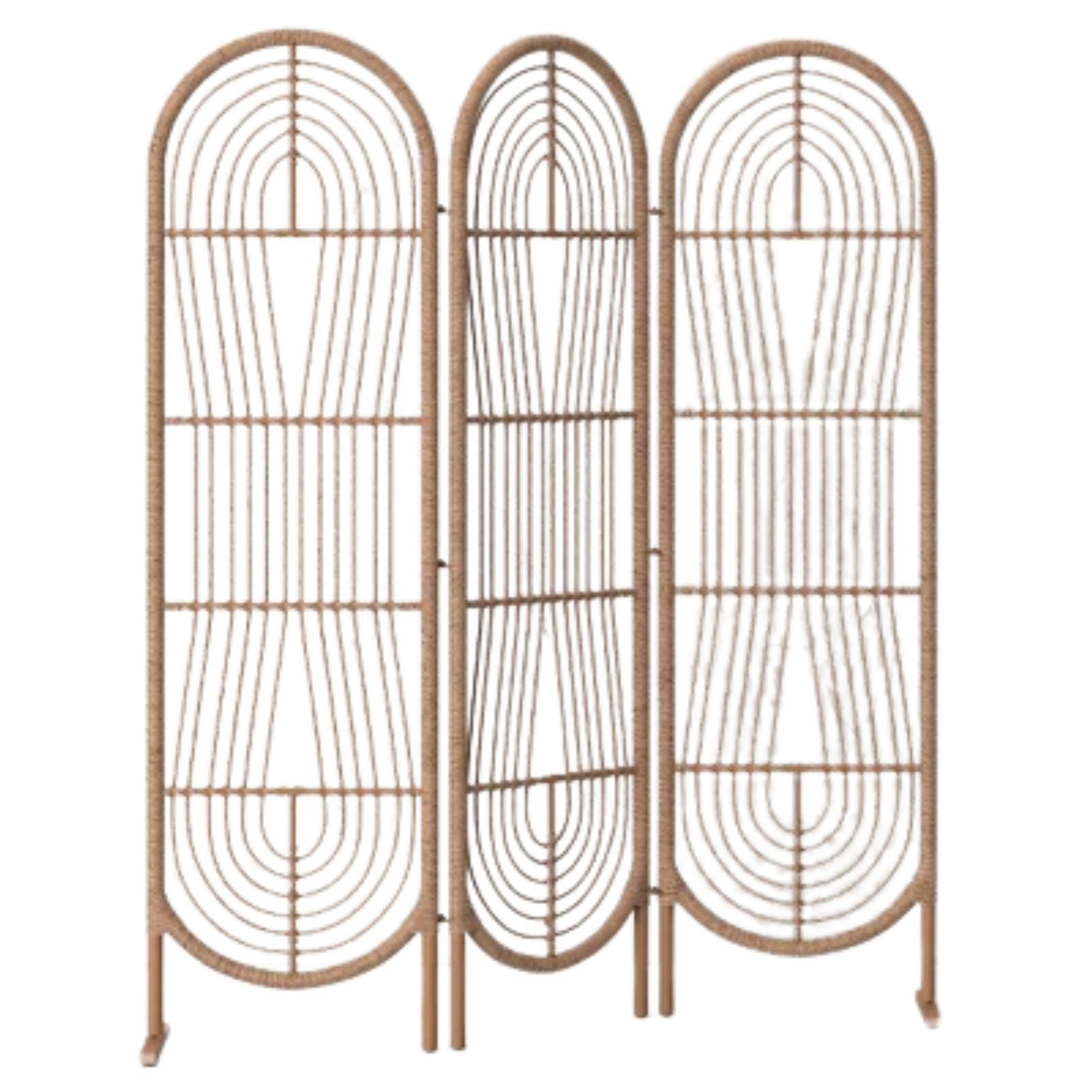
Size (in.): H70 x W138 x D61
Made from: Steel, wicker
Price: $25-
The three-panel construction lets you arrange this at your preferred angle, and it can be used both inside and outdoors thanks to its corrosion-proof steel frame.

Size (in.): H78.74 x W39.37 x D0.5
Made from: Plastic, acrylic
Price: $18.99
Available in plenty of beautiful colors, this will add a subtle shimmer to your bedroom. It comes in 17 colors and the best bit is the colors are bright, vivid and engineered for color-fastness, meaning they won't fade when washed. The slot at the tops makes it easy to hang via many methods including tension rods, poles or wires.
6. Make your zones flexible
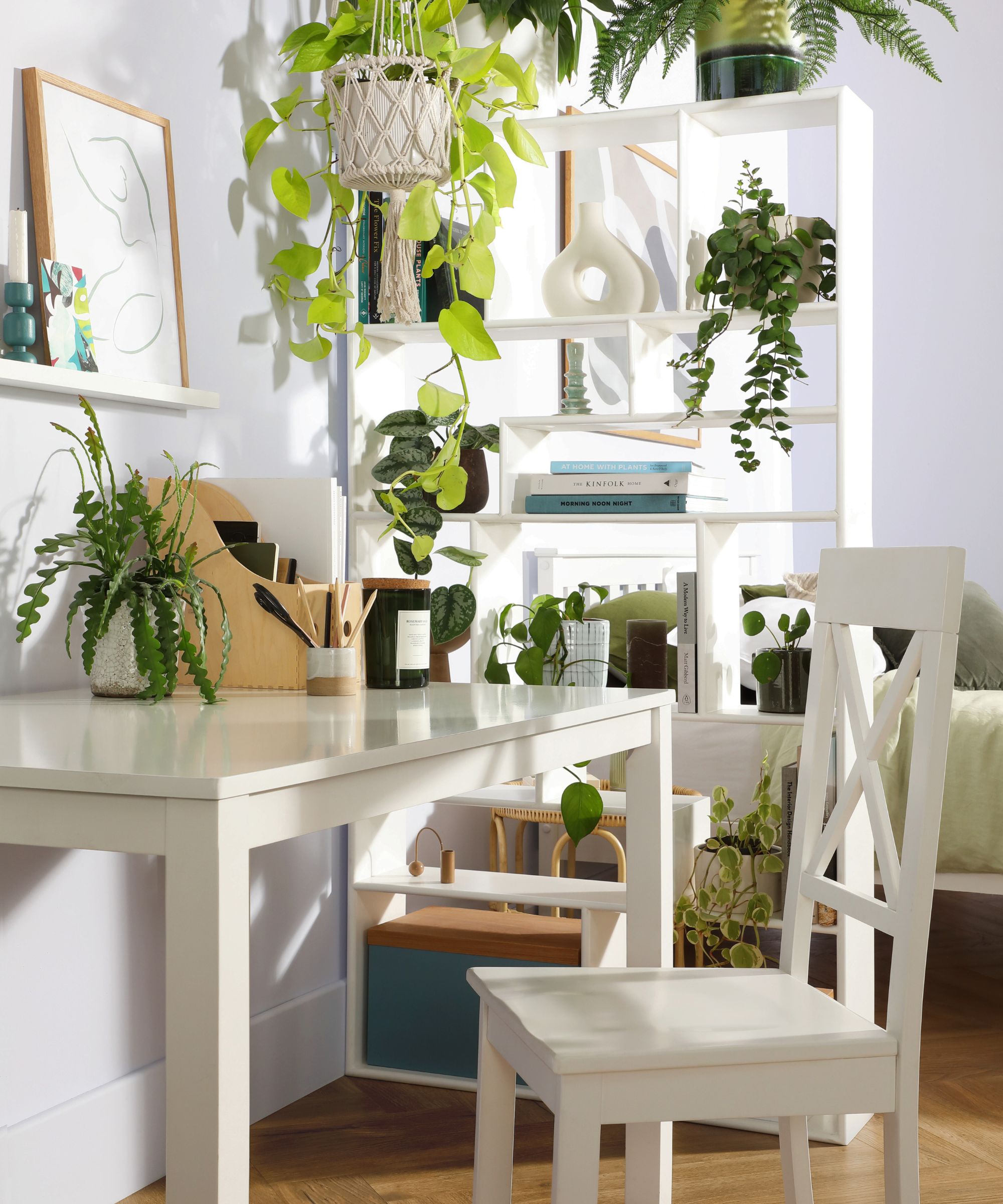
For those with small bedrooms, making your bedroom zones easy to move and put away will enhance the usability of your room.
“Think about using furniture that can be put away easily, such as fold-away desks,” suggests Adrian Pedraza, design expert owner of The California Home Buyer.
We like the Wohomo Folding Desk from Amazon, which can be tucked away neatly and can blend into your decor seamlessly when you do need it.
7. Remember functionality
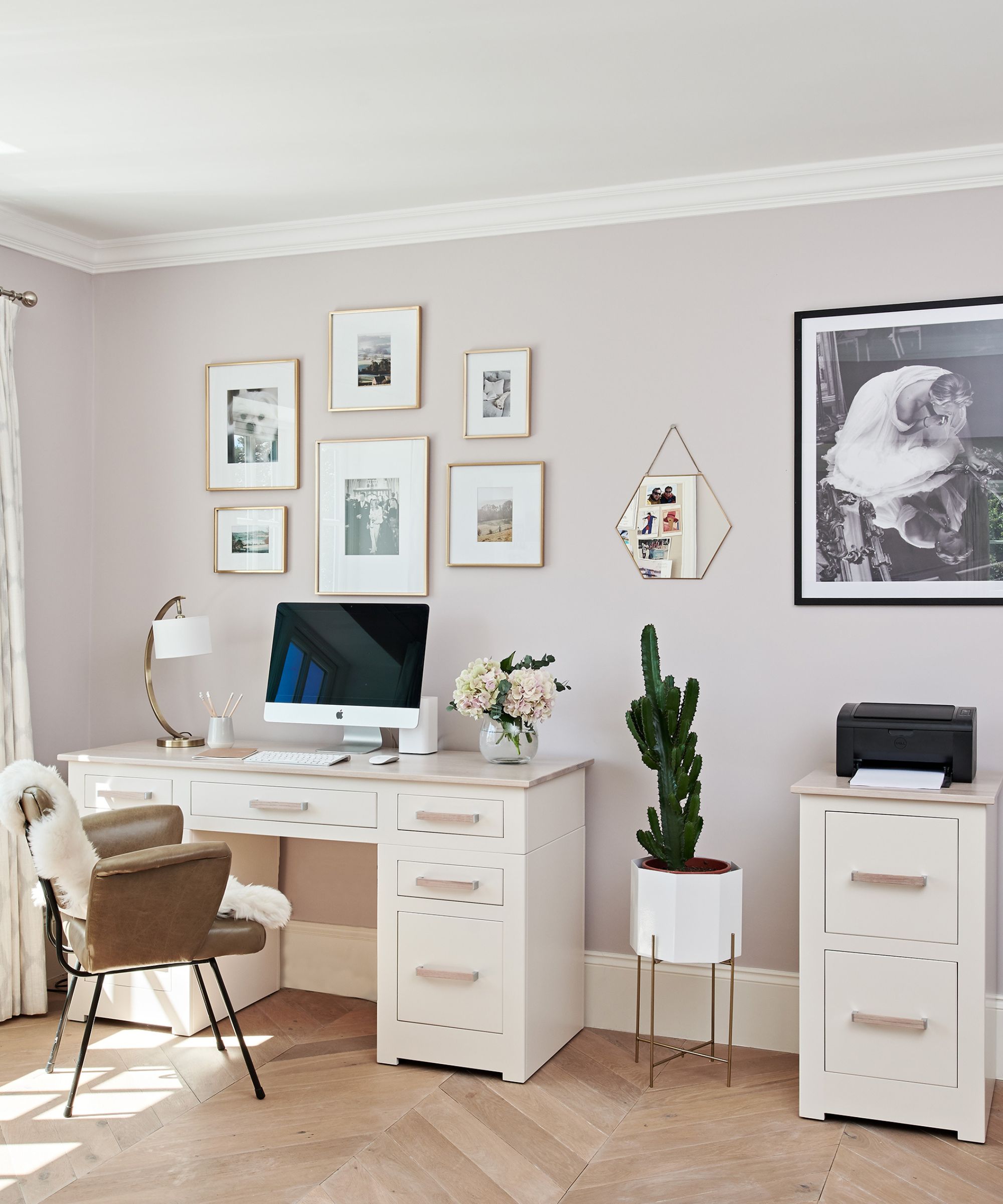
When deciding where to place your bedroom zones, having in mind the purpose of each one is arguably the most important factor of all.
“For instance, placing a desk or workspace in a quiet corner away from the bed can create a separate zone for work or study,” says Jonathan Faccone, design expert and founder of Halo Homebuyers.
This will help you get your head in the game of whatever task you get up to, whether that’s catching Zs or having a productive day at your desk.
Adding zones to your bedroom is a breeze to do and the results will be visible aesthetically and practically.
“Whether you live in a studio apartment or a spacious home, zoning your bedroom can maximize space utilization and elevate the overall design,” Nina finishes by saying.
If you’re working with a small space and still feel like it needs something extra to finish it, you may also want to learn how to refresh a small bedroom.
Join our newsletter
Get small space home decor ideas, celeb inspiration, DIY tips and more, straight to your inbox!

Hi there! I’m the former content editor at Real Homes and I'm now a freelance journalist.. I've been a lifestyle journalist for over five years, previously working as an editor across regional magazines. Before this, I graduated from Nottingham Trent University a degree in journalism, along with an NCTJ gold diploma. For Real Homes, I specialized in interior design, trends and finding the best viral buys.
-
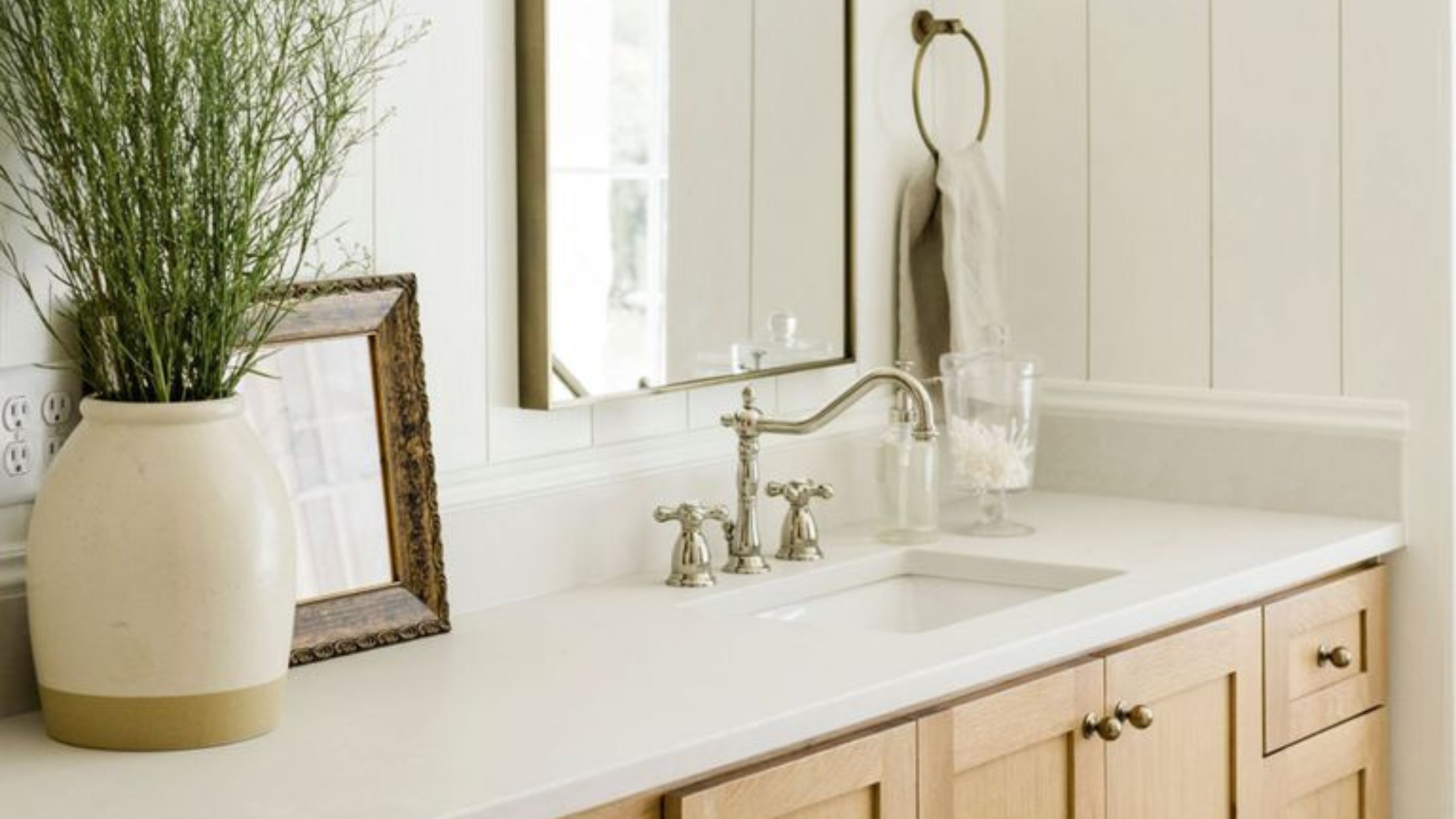 10 DIY small bathroom ideas to give yours some love this weekend
10 DIY small bathroom ideas to give yours some love this weekendMake an impact with our DIY small bathroom ideas. Our design pros weigh in on painting, tiling, adding wallpaper, and more small projects
By Sophie Warren-Smith
-
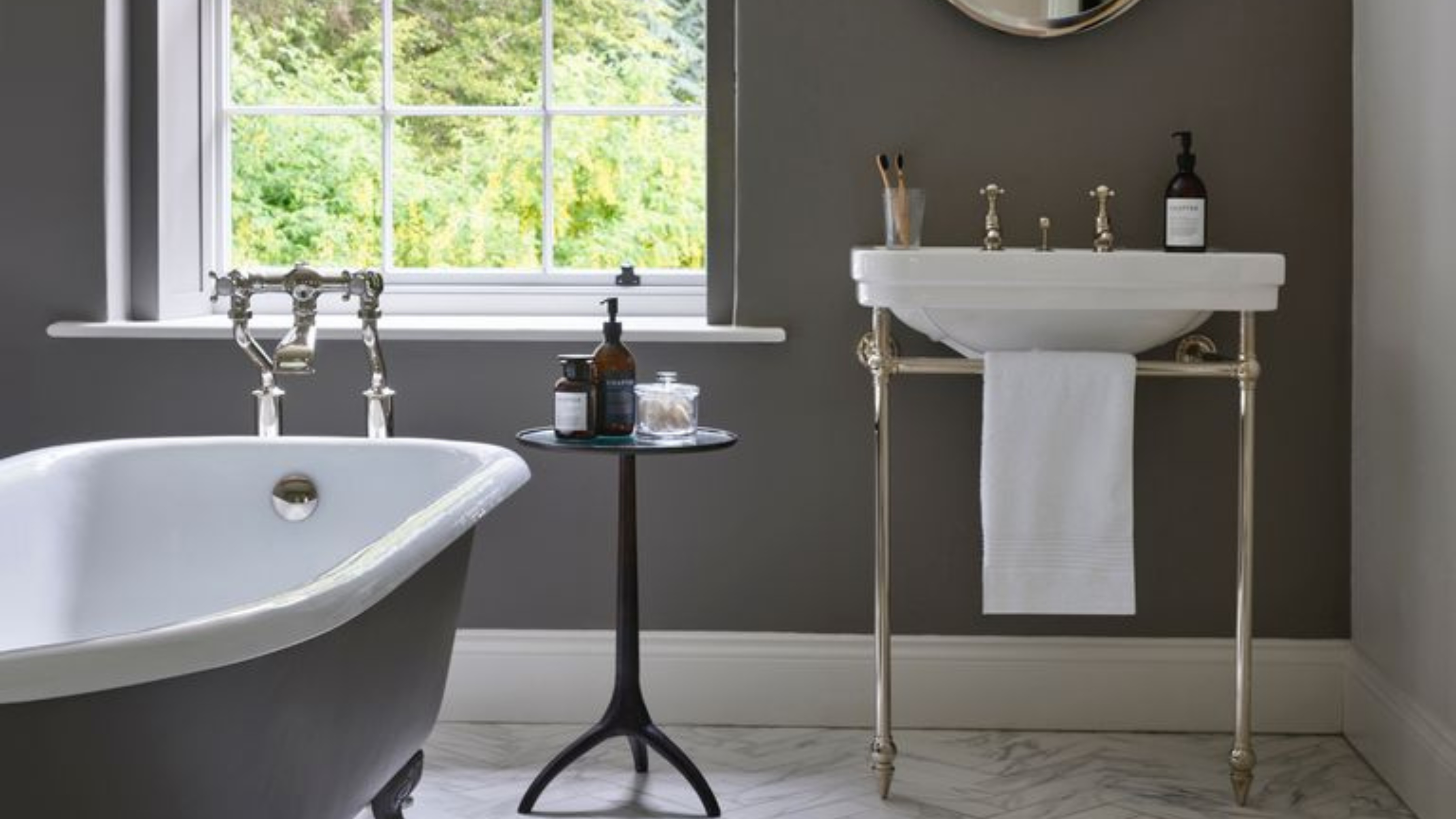 Experts answer: Is gray a good color for small bathrooms?
Experts answer: Is gray a good color for small bathrooms?Deciding is gray a good color for small bathrooms? Our design pros explain how to make the most of this basic color with styling tips and decor ideas
By Emily Lambe
-
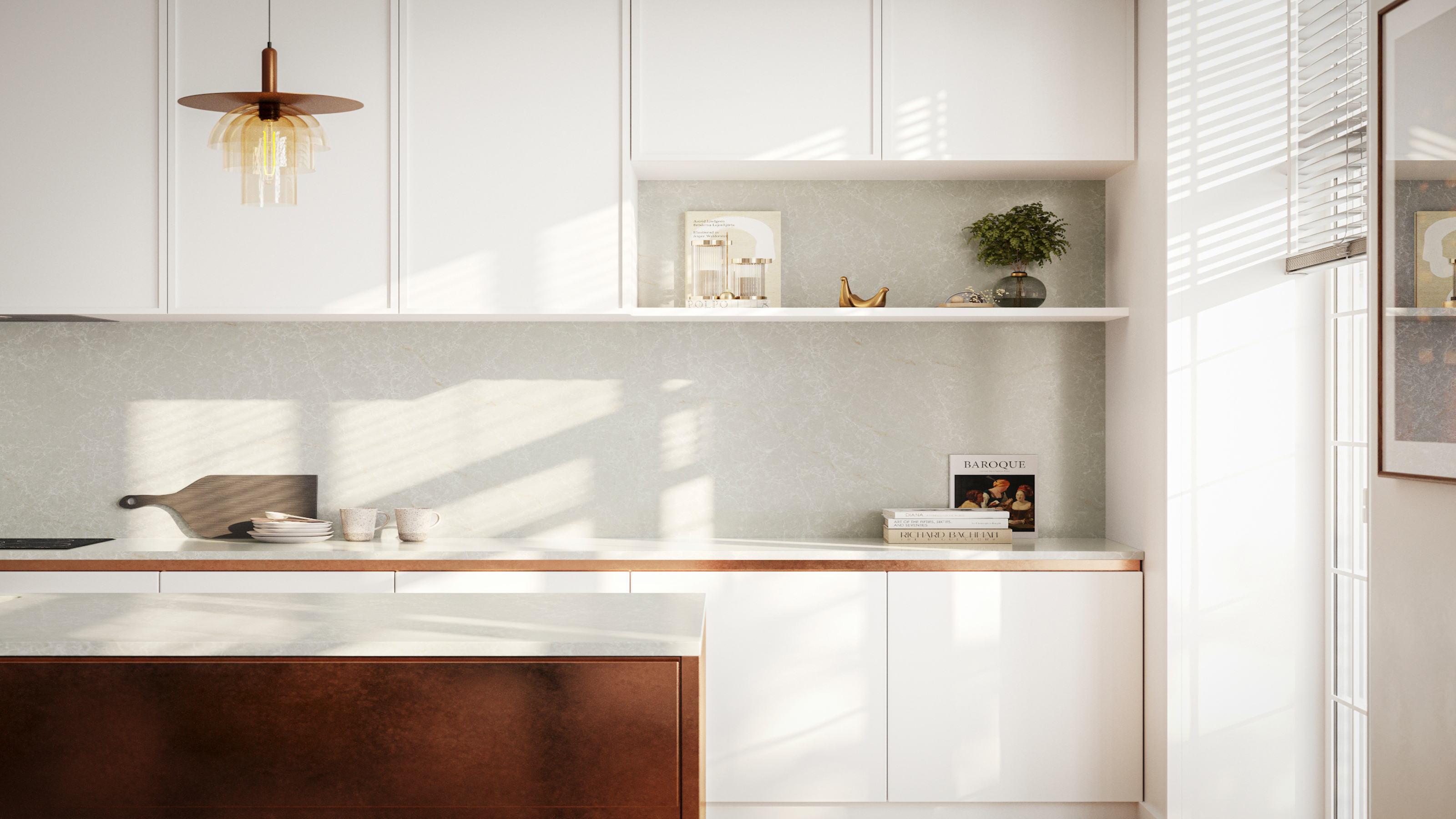 Pros reveal the 10 kitchen cabinet design mistakes to avoid, and what to do instead
Pros reveal the 10 kitchen cabinet design mistakes to avoid, and what to do insteadThe 10 common kitchen cabinet design mistakes when choosing and installing kitchen cabinets. Solutions to problems and how to avoid the issues.
By Isabella Charlesworth
-
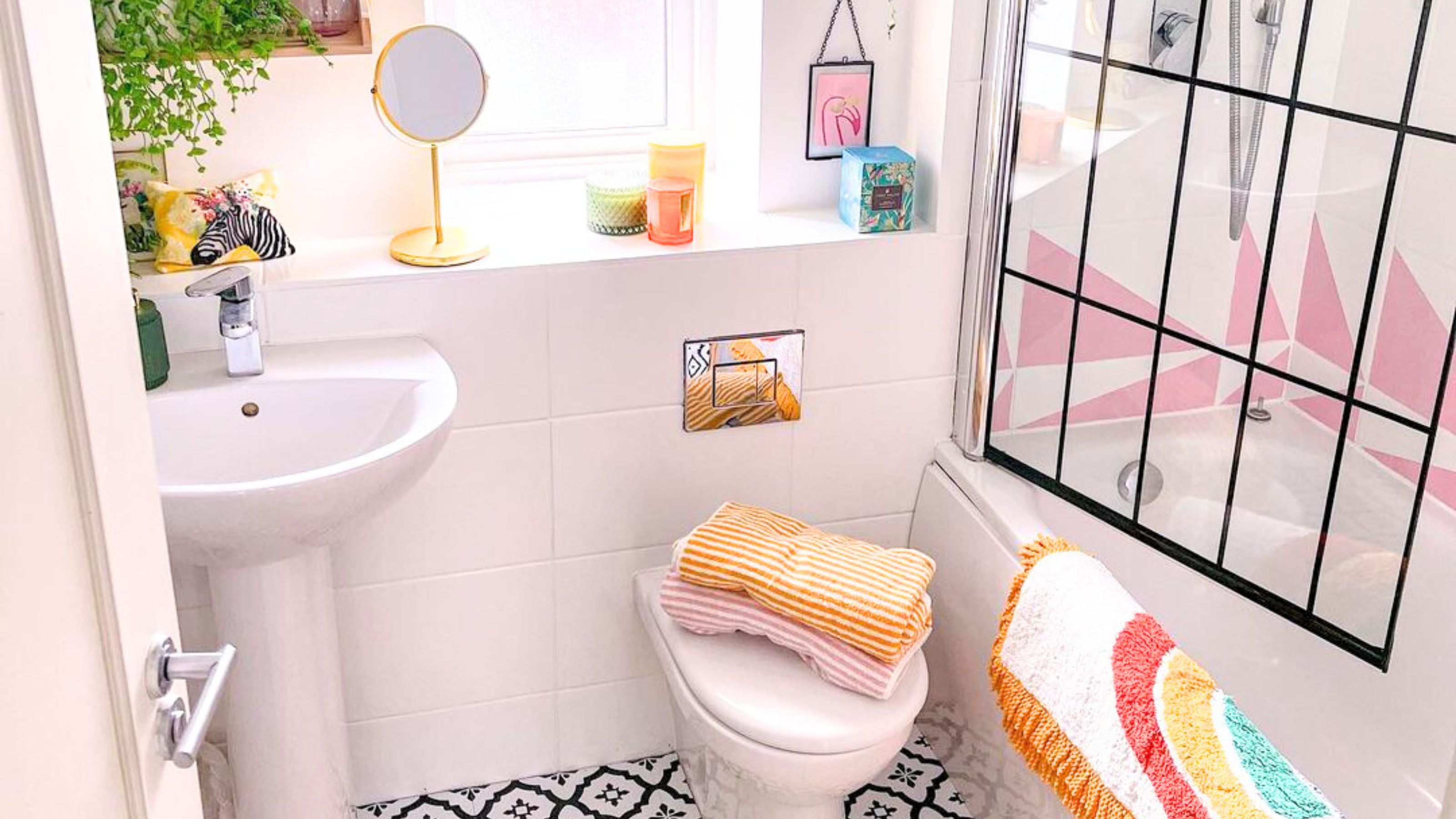 These apartment bathroom ideas are as beautiful as they are useful
These apartment bathroom ideas are as beautiful as they are usefulFrom storage solutions to bold decorations, we're obsessed with these apartment bathroom ideas...
By Eve Smallman
-
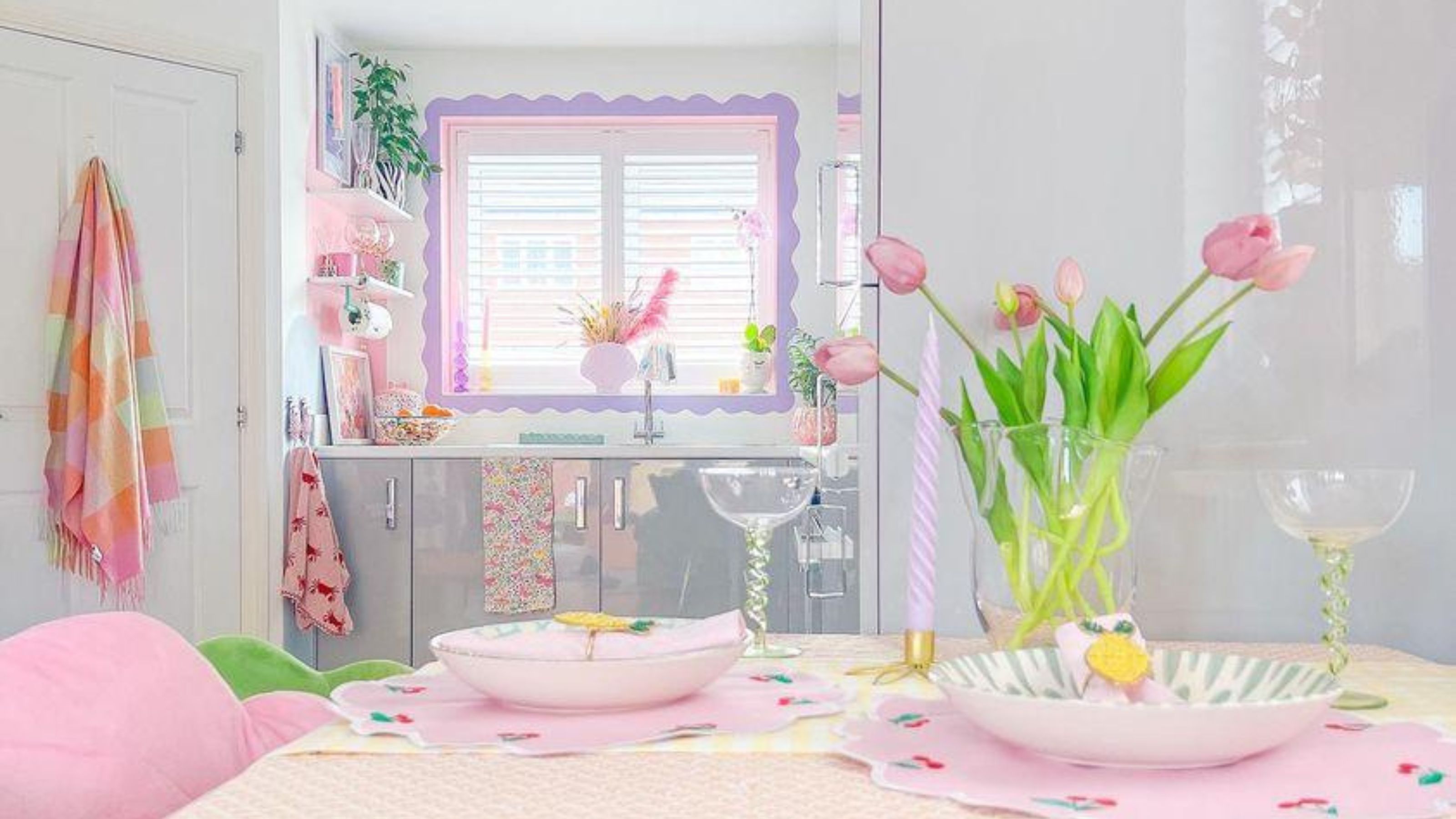 I've just found these gorgeous apartment kitchen ideas, and I'm officially obsessed
I've just found these gorgeous apartment kitchen ideas, and I'm officially obsessedFrom stunning space savers to dreamy decor, we're in love with these apartment kitchen ideas...
By Eve Smallman
-
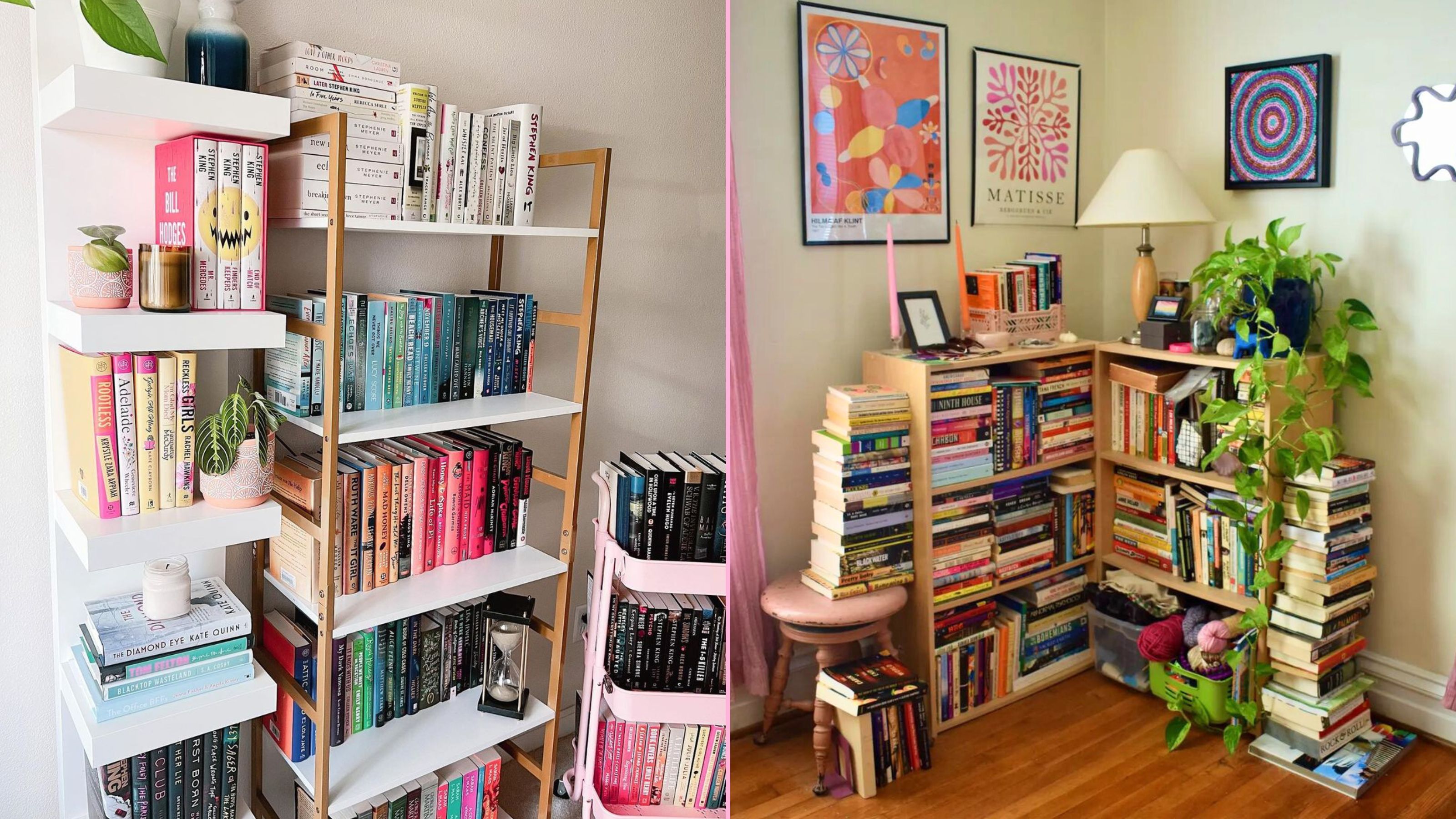 These living room bookshelf ideas will help you live your bookworm fantasy
These living room bookshelf ideas will help you live your bookworm fantasyWe've rounded up eight beautiful living room bookshelf ideas, plus rounded up buys so you can shop the inspo...
By Eve Smallman
-
 The one bedroom decor pick you need, based on your star sign
The one bedroom decor pick you need, based on your star signHere is the perfect bedroom decor pick every zodiac sign needs for their space, from chic bedding to fresh candles
By Nishaa Sharma
-
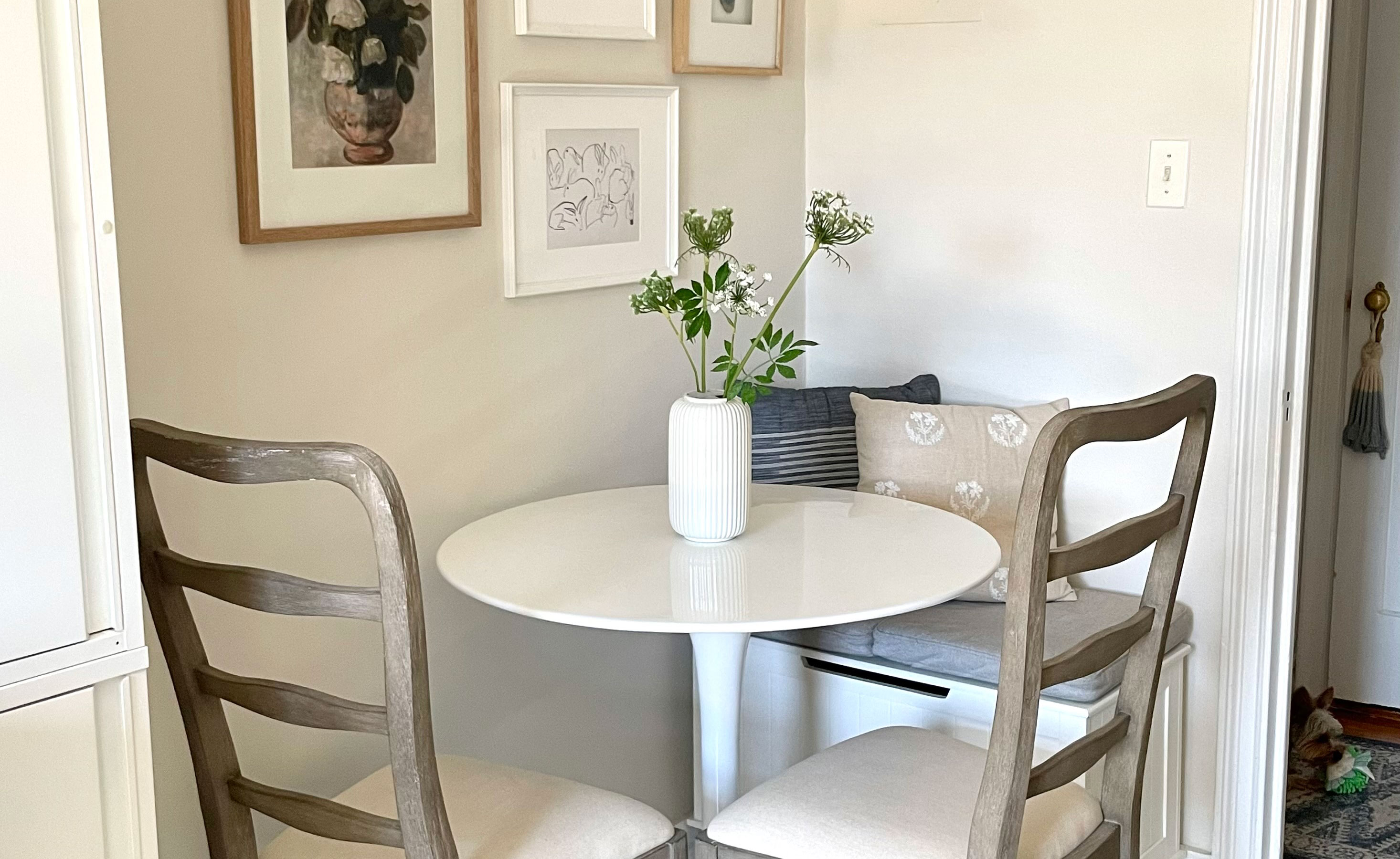 10 small dining nooks that prove you don’t need much space for a big impact
10 small dining nooks that prove you don’t need much space for a big impactYou'll be surprised at how easy it is to carve out the perfect little dining nook in a small space
By Kara Thompson